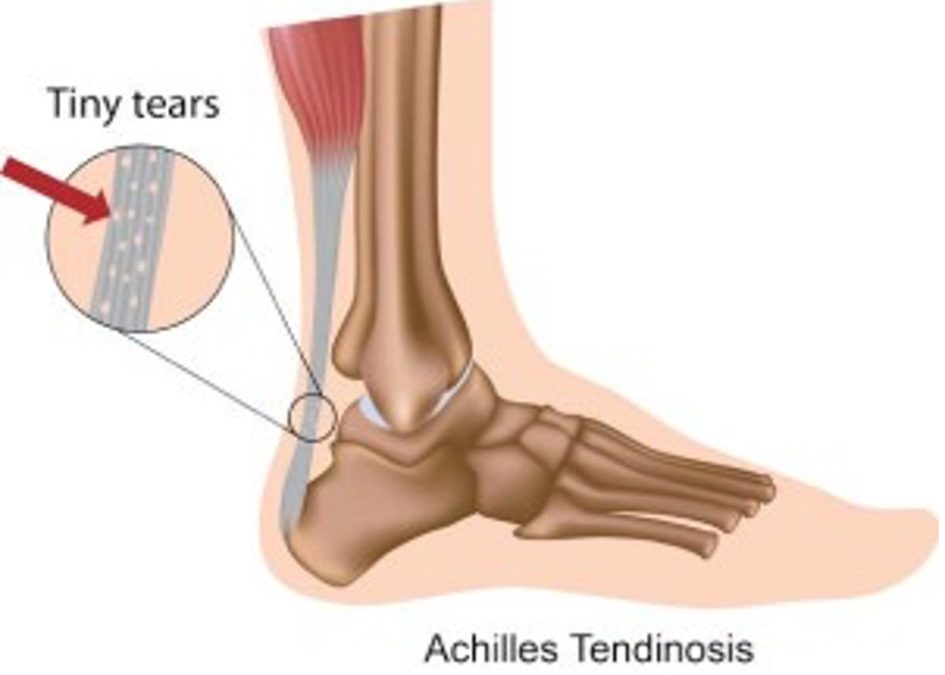Key Points About Percutaneous Tenotomy (Tissue Removal)
- This is an orthopedic procedure used to treat patients who have chronic shoulder, hip, knee, elbow, or ankle pain associated with a damaged tendon.
- Risks associated with a tissue removal include infection, temporary nerve injury, or temporary soreness at the treatment site.
- Benefits of over surgery include quicker recovery, no stitches necessary, minimally scarring, and pain relief.
- During the procedure, your doctor will locate the damaged tendon. Once it is found, he or she will make an incision and use a medical instrument to break down and remove the damaged tendon tissue.
Percutaneous tenotomy is a minimally invasive procedure to help patients relieve chronic tendon pain. Using ultrasound guidance, your doctor will find and remove any degenerative scar tissue that has developed in the shoulder, knee, hip, elbow, or ankle.
During the procedure, your doctor will remove damaged tissue that is causing your pain as well as stimulates the body’s natural healing response.
Candidates for a Tissue Removal?
You may be a candidate for a percutaneous tenotomy if you have chronic pain associated with a damaged tendon from conditions such as:
- Tennis elbow.
- Rotator cuff tendonitis.
- Patellar tendonitis.
- Golfer’s elbow.
- Plantar fasciitis.
- Achilles tendonitis.
- Gluteus Medius tendonitis.
This procedure may be an option for people who have exhausted all the nonsurgical treatment options such as steroid injections, rest, and physical therapy.
Risks Associated with The Tissue Removal
A percutaneous tenotomy is generally a safe procedure, but complications can occur.
Complications may include:
- Infection at the incision site.
- Temporary nerve injury.
- Temporary discomfort or soreness around the treatment site.
Preparation for a Tissue Removal
Follow your doctor’s instructions on what to expect before, during, and after the procedure.
Inform your doctor of all medications, including herbal medicines you are taking. Stop taking any medicine that will interfere with the procedure or your recovery.
What to Expect During a Tissue Removal?
A percutaneous tenotomy is performed as an outpatient procedure using local anesthesia.
During a percutaneous tenotomy, your doctor will use ultrasound guidance to find the degenerative tendon that is causing your pain. Once the affected tendon is located, your doctor will make a small incision. A small medical instrument that vibrates at high ultrasonic frequencies will be used on the damaged tendon to break down and remove the tissue. Once the torn tendon is removed, your tendon can heal, and you will experience symptom relief.
Duration of The Treatment and Recovery
The procedure will take approximately 15 minutes.
It will take approximately four to six weeks to recover from a percutaneous tenotomy.
